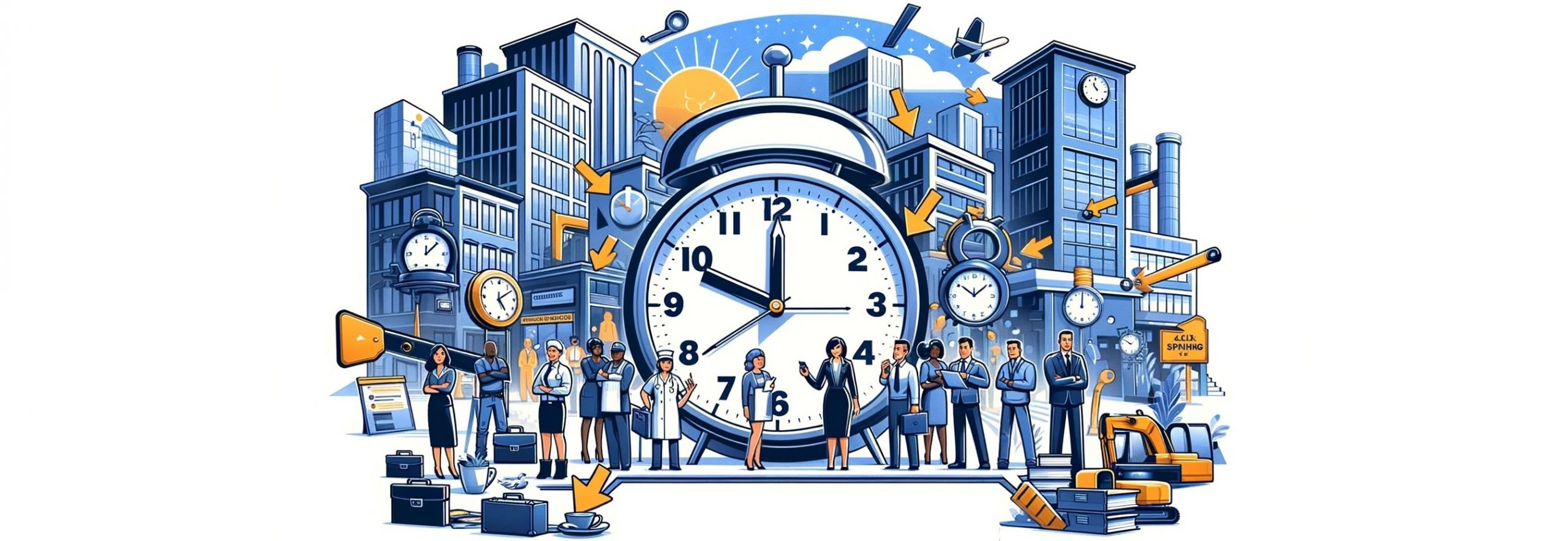Research says that we only spend 20% of our workday on “crucial” and “important” things while we spend the remaining 80% of our time on things that have little or no value at all.
With so many things to do and so little time, is multitasking possible? Is it the answer to our productivity issues? What about prioritizing? Which of these time management hacks is the key to work efficiency?
Prioritizing vs multitasking. It’s time that we dig deeper.
Prioritizing is the Key
When we feel overwhelmed at work, we end up feeling anxious, stressed, and sometimes withdrawn. This makes us less productive and less effective in our job.
Most experts agree that prioritization is the key to successful time management. When you prioritize, you accomplish one task before proceeding to the next. And when you do, you get to focus your attention, energy, and resources to the task at hand, which ensures a great outcome each time.
But how do we prioritize? Here are proven methods to develop and enhance our prioritization skills:
Get time tracking software to allow you to control your time
Whether you’re managing a team of 20 or a team of 100, you can efficiently manage your time with the help of technology. Employee time clock software and other time management solutions can benefit you in many ways. For example, it allows you to set deadlines for micro-tasks within a project, record idly spent the time to identify distractions and time-wasters, create better time estimates for future projects by analyzing the average time it takes your team to accomplish a project and keep track of billable hours without the manual work. If you have remote workers, time tracking software lets you monitor your team members particularly their work habits and behavior.
Make a list of priorities
Write down every single task that you need to accomplish, both the mundane and critical. You can create a list of priorities for a day, a week, or per individual project. It doesn’t matter if you write them down on a piece of paper or an Excel file. Don’t mind sorting your tasks yet at this stage. Your goal is to identify all that needs to be done so you don’t miss a thing.
Identify urgent and valuable tasks
It’s time to polish your list by categorizing tasks. Assess each task and determine which ones need your urgent attention. We’re talking about work that if not completed now or within several hours or at the end of the day, will have serious negative consequences (e.g. missed client deadline, lost sales, missed product release). Next, assess which tasks carry the highest value to your business or organization. Learn to recognize which types of tasks have a higher priority over others.
Multitasking is a Myth
 Is multitasking real? Many people claim they are good at doing multiple tasks at once. You probably tried it and you feel it actually worked. Maybe you’ve tried chatting with a friend while crafting an email to a client, browsing for some project ideas while working on some corporate data. Chances are, you were able to do both things at the same time. But the question is – were you able to do it right?
Is multitasking real? Many people claim they are good at doing multiple tasks at once. You probably tried it and you feel it actually worked. Maybe you’ve tried chatting with a friend while crafting an email to a client, browsing for some project ideas while working on some corporate data. Chances are, you were able to do both things at the same time. But the question is – were you able to do it right?
If you’re eager to learn how to be more productive and how to multitask, here’s one fact you should know: multitasking is a myth.
In short, it doesn’t exist.
Why? The answer lies in our brain.
Research on neuroscience reveals that the brain can’t actually do tasks simultaneously as we thought it could. Each time we move from writing a text, talking to someone, or listening to music, our brain goes through a “stop-start” process. So rather than saving time, we are actually losing it.
Here are ways multitasking can hurt you more than it helps:
Multitasking doesn’t help you focus
 Rapidly switching from one task to another (and then going back) causes our brain to work so much, thereby leading to stress. As a result, we become less efficient and prone to mistakes. Studies show that it takes four times longer to recognize new things which means you are not saving time. You are actually losing time. And your inability to focus is to blame.
Rapidly switching from one task to another (and then going back) causes our brain to work so much, thereby leading to stress. As a result, we become less efficient and prone to mistakes. Studies show that it takes four times longer to recognize new things which means you are not saving time. You are actually losing time. And your inability to focus is to blame.
The more you multitask the less you will learn
Multitasking doesn’t just hurt your productivity. It can also slow down your brain. Stanford researchers found that people work more efficiently when they are not multitasking.
You don’t practice mindfulness when you multitask
Mindfulness has scientifically proven benefits to the human brain. These include a lower risk of depression and anxiety and better cognitive performance. It is also said that mindfulness is the antidote to multitasking. Research shows that people who multitask all the time have difficulties sustaining their attention even if they shut down all their devices. Re-learning how to concentrate is possible through mindfulness meditation.
Conclusion
Many of us struggle with time management and it isn’t surprising at all. With all forms of distractions brought by technology, along with the increasing demands at work, our daily responsibilities can often feel overwhelming. That is why many people resort to multitasking. Unfortunately, multitasking is just a myth. The fact is that your brain can only focus on one task at a time. Thus, rapidly moving back and forth with tasks only results in lost time and inefficiency.
Instead of multitasking, we should learn how to prioritize. Prioritization is a skill that we can master. Start by making a list of your tasks. Next, assess which tasks need your immediate attention. Also, learn how to recognize tasks that have the highest value to your business or organization. By doing so, you can allocate your time effectively and concentrate on things that matter more. Break projects into smaller steps especially if the project seems overwhelming. Focus on one part at a time rather than taking everything on at once.
Mastering time management is not an easy feat. But by ditching multitasking and learning prioritization, you can do it.






